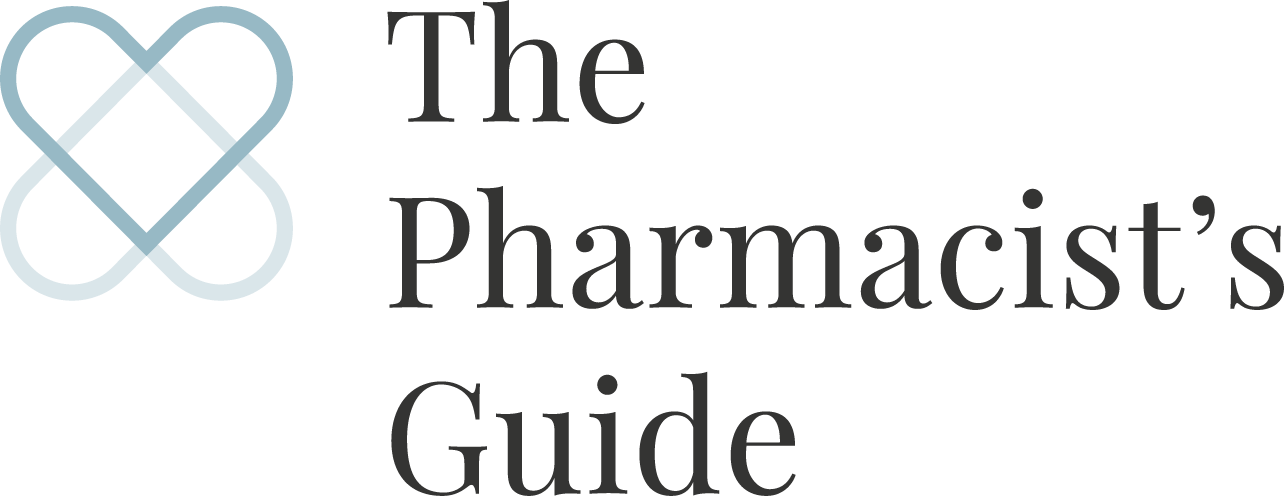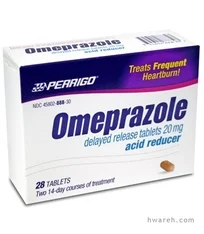DRUG OF THE DAY: OMEPRAZOLE
Omeprazole was the seventh most commonly prescribed medication in 2013; the list of the most prescribed medications has changed for 2014, but I'll get to that list once I finish the top ten from July 2012-June 2013. The medications left to round out the top ten are atorvastatin, albuterol and amoxicillin.
What is omeprazole:
Omeprazole is a proton pump inhibitor that has been around in the United States since the late 1980's under the brand name Prilosec.
Omeprazole is used to treat active benign gastric ulcer or active duodenal ulcer disease, treatment of heartburn and other symptoms associated with gastroesophageal reflux disease (GERD), treatment and maintenance of erosive esophagitis, Zollinger Ellison syndrome or part of a treatment to eradicate H. pylori. The duration of treatment depends on the indication. This medication is also used for stress ulcer prophylaxis in hospitals and long term treatment facilities.
Over the counter omeprazole is indicated for the short-term treatment of heartburn occuring >2 days a week. The over the counter treatment should not be used for more than 14 days at a time.
How does omeprazole work:
Omeprazole is a proton pump inhibitor that suppresses stomach acid by inhibiting an enzyme found in the gastric (stomach) parietal cells.
Some of the more common side effects:
Headaches
Dizziness
Diarrhea
Abdominal pain
Nausea
Constipation
Skin rash
What should I know about omeprazole:
Talk to your doctor if you are taking Plavix (clopidogrel);
The capsule should be swallowed whole, do not crush or chew
To maximize absorption, omeprazole should be taken with a glass of water on an empty stomach 30-60 minutes before a meal.
Omeprazole does have drug interactions due to the effects of cytochrome P450 enzymes; make sure your doctor and pharmacist are aware of all medications you are taking.
References:
Lexicomp
Micromedex

